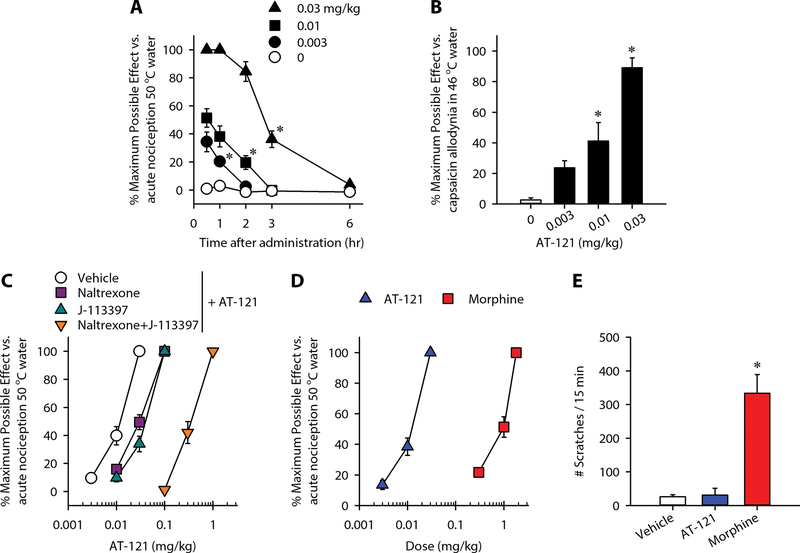Figure 2. Effects of systemic administration of AT-121 on modulating sensory processing in nonhuman primates.
(A) Effect of AT-121 administration on acute noxious stimulus, 50 °C water. (B) Bar graph showing the effect of AT-121 on antihypersensitivity against capsaicin-induced allodynia in 46 °C water. (C) Effects of NOP receptor antagonist J-113397 (0.1 mg/kg) and MOP receptor antagonist naltrexone (0.03 mg/kg) on AT-121-induced antinociception. (D) Comparison of antinociceptive potency of AT-121 and morphine. (E) Comparison of itch scratching responses elicited by AT-121 (0.03 mg/kg) and morphine (1 mg/kg) at antinociceptive doses. Each data point represents mean ± SEM (n = 4). All compounds were delivered subcutaneously. Data were analyzed by two-way ANOVA with repeated measures (panel A) or one-way ANOVA with repeated measures (panels B and E), followed by Bonferroni’s multiple comparisons test. ∗p < 0.05, significantly different from vehicle condition from the first time point to the corresponding time point.

